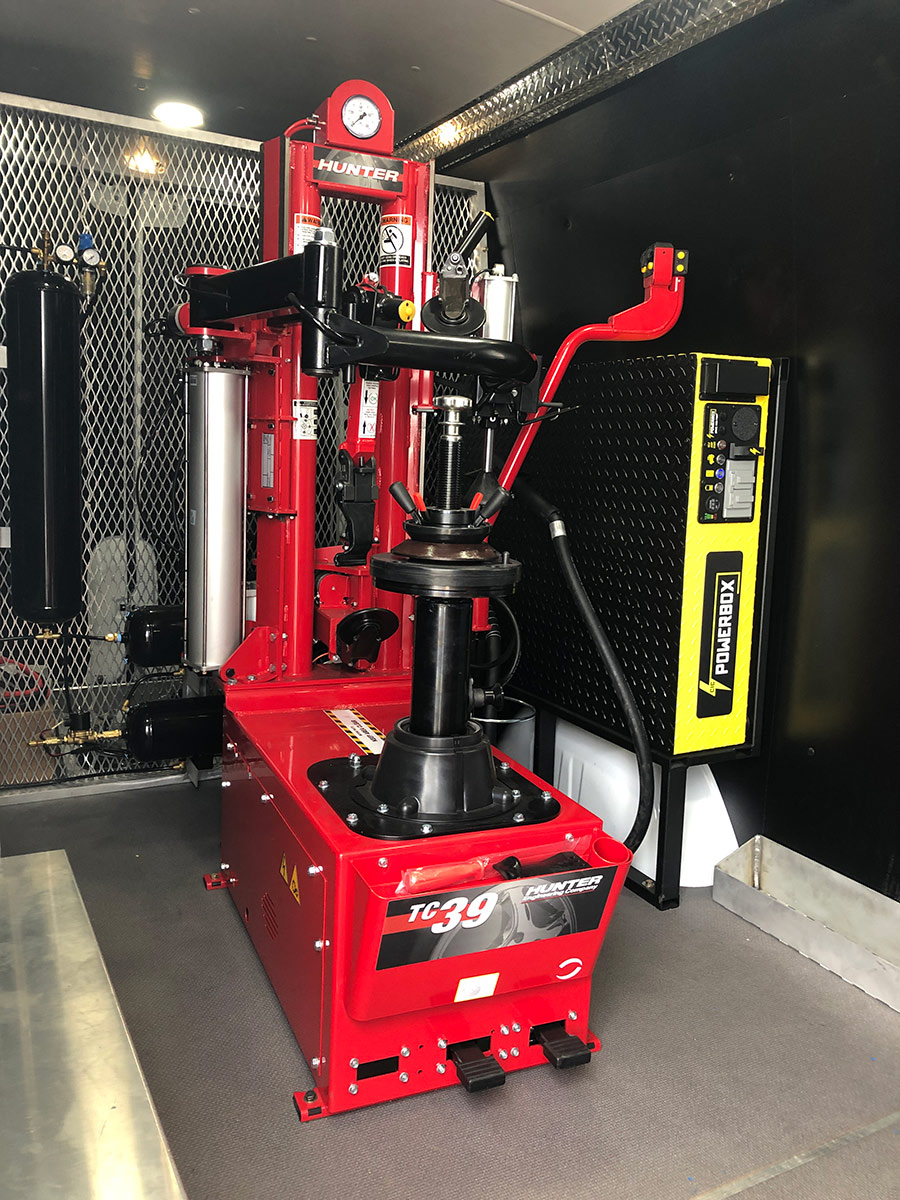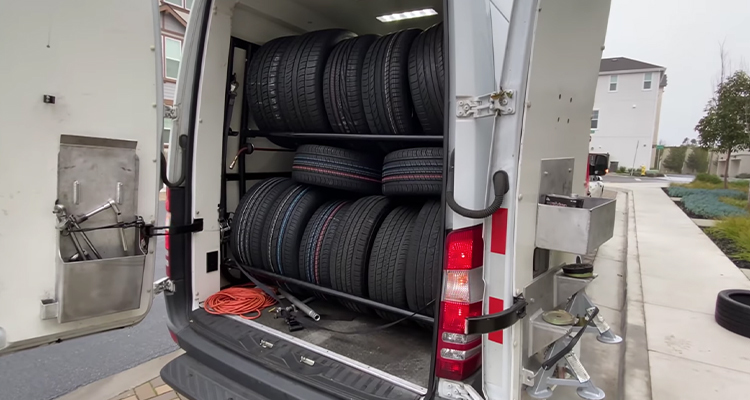Tire Solution: Proven Methods for Optimum Tire Maintenance and Treatment
Maintaining optimum tire condition is paramount for both safety and security and performance of any kind of car. From ensuring proper tire stress to routine turning and positioning, there are proven approaches that can dramatically expand the life-span of your tires and improve general driving experience. As we check out the complexities of tire care and upkeep, we will uncover vital guidelines that every vehicle proprietor should follow for the finest feasible results. Allow's look into the world of tire service and uncover the tricks to keeping your tires in first-class form for the long run.
Significance of Tire Pressure
Ample tire stress advertises far better fuel performance, as under-inflated tires can lead to raised rolling resistance, triggering the engine to function more challenging and consume more fuel. Proper tire pressure makes sure even walk wear, boosting tire long life and conserving cash in the long run by delaying the requirement for premature replacements. Routinely checking and changing tire stress, particularly previously long trips, is a basic yet effective method to improve car efficiency, extend tire life expectancy, and focus on security on the roadway.
Tire Rotation Standards
When taking into consideration tire rotation standards, it is vital to understand the significance of this upkeep job in taking full advantage of tire lifespan and preserving optimum car performance. Tire turning includes changing the setting of each tire on an automobile to guarantee also step wear. Front tires often tend to use a lot more swiftly than back tires as a result of steering forces, making routine turning vital for well balanced wear patterns. The recommended turning pattern varies depending upon whether a vehicle is front-wheel, rear-wheel, all-wheel, or 4x4. Normally, tires need to be revolved every 5,000 to 7,500 miles, or as encouraged in the automobile handbook. Ignoring tire turning can bring about unequal wear, affecting handling, traction, and possibly compromising automobile safety and security. By sticking to proper turning standards, drivers can prolong the life of their tires, enhance fuel efficiency, and improve general driving experience. Routine turning is a basic yet reliable maintenance method that adds substantially to tire long life and car performance.

Benefits of Wheel Alignment
Ensuring correct wheel alignment after tire rotation is vital for keeping balanced wear patterns and making best use of lorry performance. Wheel positioning describes the change of the angles of the wheels to the maker's specs. Among the key advantages of wheel placement is boosted handling and steering action. When the wheels are effectively aligned, it lowers steering initiative, ensuring a smoother and more regulated driving experience. Additionally, correct wheel positioning helps to extend the lifespan of your tires. Misaligned wheels can create uneven tire wear, bring about early tire replacement and enhanced maintenance expenses.

Tire Footstep Depth Inspect
Performing a normal examination of tire step deepness is crucial for keeping secure driving problems and extending the life expectancy of your tires. Uneven tread wear can show concerns with tire pressure, suspension, or alignment, highlighting the importance of regular step depth checks. By including tire step depth checks right into your regular maintenance routine, you can drive with self-confidence understanding that your tires are in leading problem.
Seasonal Tire Examination
Seasonal tire inspection is an essential element of tire maintenance that makes sure tires are all set to face the challenges positioned by various weather condition conditions. In prep work for winter, it is essential to inspect the tire stress regularly as cool temperatures can trigger tire pressure to drop. By carrying out regular seasonal tire examinations, motorists can extend tire lifespan, improve fuel efficiency, and most notably, make sure a safe driving experience in differing weather conditions.
Conclusion
In conclusion, keeping proper tire stress, revolving tires regularly, straightening wheels appropriately, keeping track of step deepness, and conducting seasonal examinations are vital techniques for ideal tire care. By complying with these proven methods, drivers can ensure their tires last much longer, execute better, and add to total car safety and security. It is essential to focus on tire upkeep to avoid mishaps, boost gas performance, and prolong the lifespan of tires.
Ample tire pressure promotes much better gas performance, as under-inflated tires can lead to boosted rolling resistance, causing the engine to function harder and take in even more fuel.When considering tire turning standards, it is navigate to these guys crucial to understand the importance of this upkeep job in maximizing tire life expectancy and maintaining ideal car efficiency. Seasonal tire assessment is an essential element of tire upkeep that guarantees tires are prepared to face the difficulties positioned by various weather conditions. By performing regular seasonal tire evaluations, vehicle drivers can prolong tire life expectancy, enhance fuel efficiency, and most notably, make sure a safe and secure driving experience in varying weather conditions.
In conclusion, keeping appropriate tire stress, rotating tires consistently, straightening wheels appropriately, checking step depth, and conducting seasonal inspections are necessary techniques for optimal tire treatment.